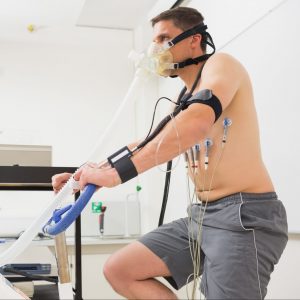Myalgic encephalomyelitis / chronic fatigue syndrome (ME / CFS) is a multi-systemic complex chronic disease exhibiting a clinical heterogeneity as main symptoms vary between affected individuals and also overtime. This situation adds to the complexity to decipher its causes and mechanisms as well as to find potential therapeutic targets. Furthermore, severely affected persons with ME / CFS are rarely being investigated.
OUR HYPOTHESIS
We designed a clinical intervention, safely producing a post-exertional malaise (PEM), a hallmark symptom of ME / CFS. We hypothesized that a standardized stress-test inducing PEM, will reveal a more specific disease signature associated with ME / CFS symptoms. In that context, we investigated the role of circulating microRNAs, which are small non-coding RNA molecules that can be detected in the blood as well as in other biological fluids.
WHY THIS STUDY MATTERS FOR ME
Studying microRNAs might help to bridge the conceptual gap between genetic predisposition and environmental factors causing ME / CFS or exacerbating specific symptoms. Equally important, the design of a portable clinical intervention allows investigating severely ill persons with ME / CFS, especially the ones that are housebound.
OUR KEY FINDINGS
